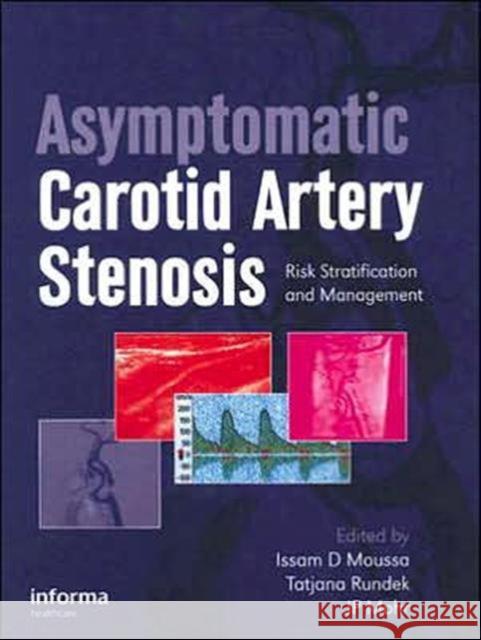Asymptomatic Carotid Artery Stenosis: A Primer on Risk Stratification and Management » książka
Asymptomatic Carotid Artery Stenosis: A Primer on Risk Stratification and Management
ISBN-13: 9781841846132 / Angielski / Twarda / 2007 / 244 str.
Of the approximately 700,000 new strokes per year occurring in the United States, 5% to 12% result from angiographically demonstrated carotid occlusive disease. Of these atheroembolic strokes, 75% to 80% occur without a warning stroke or transient cerebral ischemic symptoms. Therefore, asymptomatic carotid artery stenosis remains a significant cause of stroke morbidity and mortality. Management of these patients, however, is still one of the most controversial topics in the cerebrovascular disease literature. The Asymptomatic Carotid Atherosclerosis Study (ACAS) and the Asymptomatic Carotid Surgery Trial (ACST) showed a reduction of the risk of stroke in patients undergoing carotid endarterectomy (CEA) compared with those treated medically. However, due to the low risk of annual stroke in these patients and the surgical morbidity/mortality, the actual benefit of CEA, in terms of prevention of annual disabling stroke, may not justify its introduction into routine clinical practice in many clinicians'











